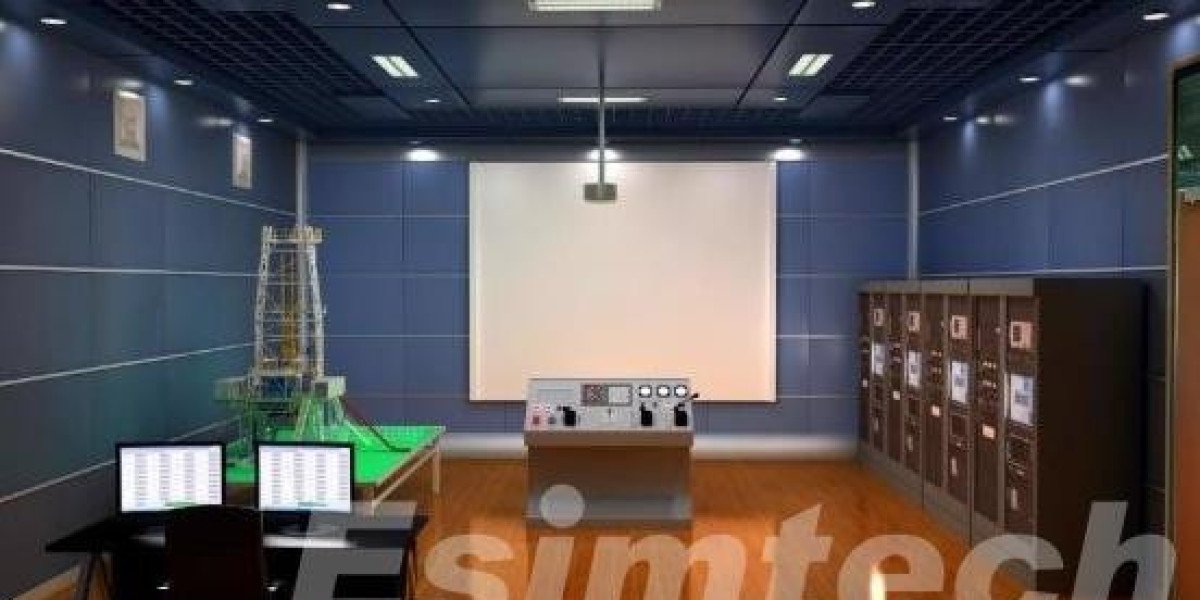In the dynamic world of oil and gas exploration, accurate wellbore placement is a paramount concern. Enter geosteering, a technology-driven practice that involves real-time adjustments to drilling paths as drilling progresses. At the heart of this innovative approach lies the integration of well logging simulators, transforming the way drilling engineers navigate the complex subsurface landscape. This article explores the fascinating realm of geosteering using well logging simulators and the profound impact it has on optimizing drilling operations.
The Essence of Geosteering
Geosteering is the art of steering a wellbore to optimize its placement within targeted reservoir zones. Traditionally, drilling engineers had limited information about the subsurface while drilling. However, advancements in technology, particularly the use of well logging tools and simulators, have revolutionized this process. Geosteering now leverages real-time data from various downhole measurements to make informed decisions about the well's trajectory.
The Role of Well Logging Simulators
Well logging simulators play a pivotal role in geosteering by providing a virtual platform to visualize and analyze the drilling process. These simulators integrate data from downhole sensors, allowing engineers to track the well's position in relation to the target reservoir formations. By comparing the actual data with simulated scenarios, geosteering engineers can predict potential challenges and deviations, enabling timely course corrections.
Real-Time Decision Making
Geosteering using well logging simulators hinges on the ability to process and interpret data in real time. As drilling progresses, the simulator continuously updates the drilling team with critical information about lithology changes, fluid contacts, and other geophysical properties. This enables engineers to make instant decisions about adjusting the well's trajectory to stay within the most productive reservoir zones.
Minimizing Risks and Maximizing Recovery
One of the primary advantages of geosteering is risk mitigation. By using well logging simulators, drilling engineers can avoid drilling into undesirable formations or unintentionally leaving valuable resources untapped. Geosteering ensures that wells stay within the sweet spot of the reservoir, leading to improved production rates and enhanced recovery factors.
 AdBlock Detectado
AdBlock Detectado








